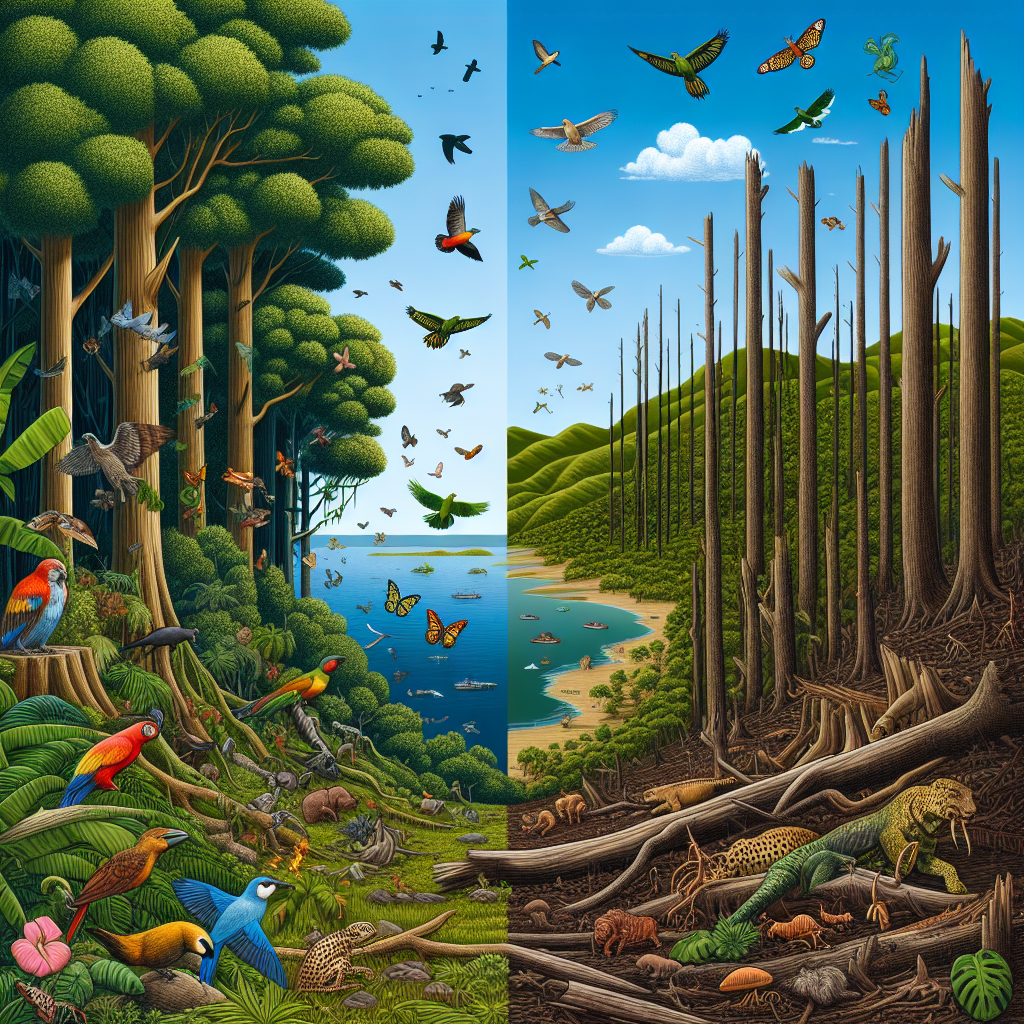Understanding Biodiversity
Biodiversity is the incredible variety of life on Earth, encompassing every organism from the tiniest bacteria to the largest whales. Think of it as Earth's vast library of life, each species a unique book with a story that contributes to the planet's complex narrative. It’s the green canopy of the forests, the colorful coral reefs, the buzzing backyard garden – all weaving together into the tapestry of life.
Life's Rich Tapestry
Did you know there are an estimated 8.7 million species on our planet, and scientists are discovering more every day? Each species plays a role in its ecosystem, no matter how big or small. From pollinating plants to sustaining food chains, biodiversity is at the heart of many ecological services that support life, including humans. Visit our Ecosystems and Habitats section to learn more about where these diverse species live.
Biodiversity's Benefits
Beyond just the intrinsic value of life, biodiversity supports systems and services essential for human health and economy. Here's how:
- Economic Resources: Many industries, such as agriculture and pharmaceuticals, heavily rely on biodiversity.
- Ecosystem Services: Clean water, air, and fertile soil are all products of biodiverse ecosystems functioning properly.
- Cultural Significance: Many societies draw upon biodiversity for spiritual and recreational activities. Learn about the different Aquarium Plants that enrich our aquatic environments.
Conservation Challenges
But here's a problem: Biodiversity is under threat like never before. Climate change, habitat loss, pollution, and invasive species are all culprits in the decline of species diversity. Did you know an estimated 1 million species currently face the risk of extinction within the next few decades?
Climate Change's Impact
Climate change, driven by human activity, is perhaps the biggest challenge. As temperatures rise, ecosystems change; species must adapt, migrate, or face extinction. The loss of ice in polar regions, increasing ocean temperatures, and more frequent extreme weather events all disrupt the delicate balance of ecosystems.

Action and Advocacy
Tackling these issues requires global cooperation and local action. Conservation groups work tirelessly to protect critical habitats and endangered species. But it's not just a job for the experts; everyone can make a difference. Education and advocacy play key roles in conservation efforts.
Rising to The Challenge
We're racing against time to preserve our planet's biodiversity. Here are some ways to help:
- Support Protected Areas: National parks and nature reserves are biodiversity hotspots. Visit them, and support initiatives that protect these areas.
- Green Consumerism: Buy products that are certified for being eco-friendly to encourage sustainable practices.
- Reduce Your Footprint: Energy conservation, driving less, eating a plant-based diet, and reducing waste all help reduce our impact on the planet.
Technology in Conservation
Technology is a powerful ally in the fight for conservation. Drones monitor wildlife populations, and apps connect citizen scientists with conservationists, providing valuable data on local biodiversity. Even the guide you’re reading can be a tech tool to raise awareness.
Wrapping It Up
Biodiversity and conservation are about protecting life's library, ensuring future generations can enjoy and benefit from it, just like we do. Learning is the first step; acting is the next. Preserve, protect, and advocate. Our planet’s life depends on it. For more information on how you can help, consider visiting FAO's guidelines on biodiversity conservation.